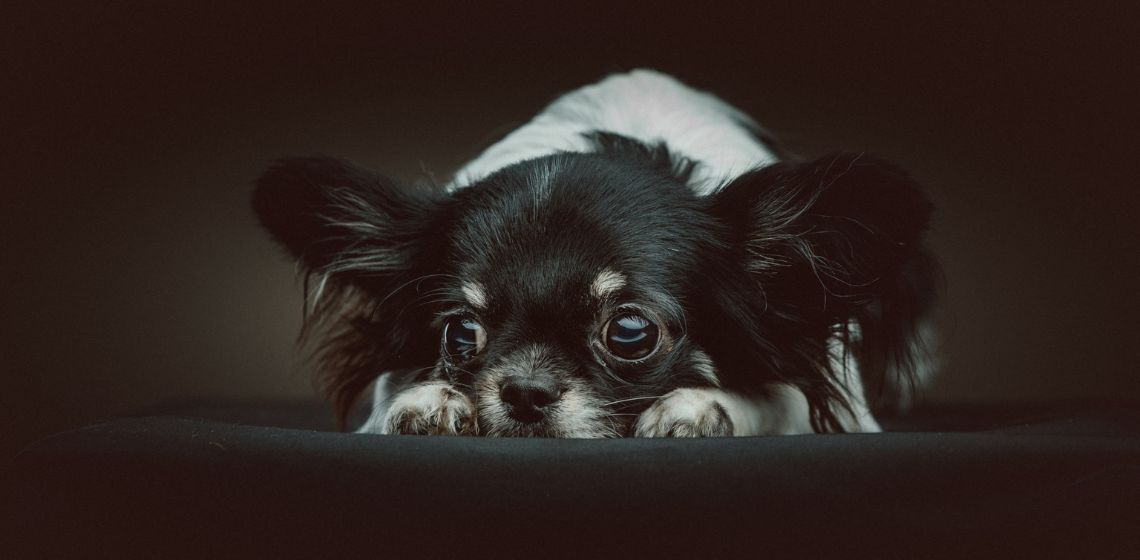Table of Content
Can dogs see well in the dark?
Just like a cat, a dog’s eyes can see very well in the dark. In fact, both species, and most other animals, can see much better in the dark than humans can. However, although they can see better than us, dogs’ eyes aren’t better than their feline friends. So, why can domestic dogs see well at night like humans, they are mainly active during the day?
Although dogs can see better than us, in the night vision department, dogs aren’t better than cats.
Why do dogs need to see in the dark?
Before domestication, wild dogs used to be most active during low light, mainly dawn and dusk. This was when they would do most of their hunting and predatory behavior, so good night vision was essential. Of course, domestic dogs spend most of their early mornings and later evenings sleeping or snuggling up with their owners. So, the skill isn’t essential anymore. However, their nighttime vision has remained, and they’ve also adapted to be better at seeing in daylight and bright light. Therefore, they have the best of both worlds!
The dog's nighttime vision has remained, and they've also adapted to be better at seeing in daylight.
How does a dog’s vision compare to a human’s?
Both dog eyes and human eyes have light receptors called rods and cones at the back of their eyes. Cones are best at detecting color, while rods are helpful in low light, making them perfect for night vision. Humans have primarily cones, while in comparison, dogs have more rods. This means that dogs aren’t very good at detecting color and tend only to see shades of yellow and blue.However, their rods are much more sensitive to light, so they can still see in very dim conditions. While dogs and humans both have pupils, a dog’s pupils are much larger. This allows much more light to enter the eye, meaning they’re much better adapted to nighttime vision.
Another advantage dogs have over humans is that the span of their vision is broader. This is because their eyes aren’t on the front of their face, like ours. Instead, they are set on either side. So, they might not see the color, distance, and detail we do, but they can certainly see a larger area at a given time.
Dogs also have another eye feature that humans don’t called the tapetum lucidum. This structure at the back of the eye acts like a mirror, enhancing even small amounts of light. If you’ve ever seen a green-white reflection from your dog’s eyes, or you notice your dog’s eyes glow green, when you take a photo or shine a light in the dark, this is the tapetum reflecting back at you.
Dog owners can find out more about their dog’s eye health here. And why not check out our blog posts on dog eye discharge and eye allergies in dogs.
Another advantage dogs have over humans is that the span of their vision is broader.
How do a dog’s other senses help them in the dark?
Dogs don’t only rely on their limited night vision to help them navigate in the dark. Their other senses are helpful, too, especially when they are outside. When outside at night, most dogs will use their sensitive hearing to locate threats, and other minute noises, and detect motion well before we hear them.
They also use their keen sense of smell to find food, other dogs’ scents, and other animals. Of course, their idea of food might be different from ours and might include poop, rotten animals, and food waste… each to their own!
When a dog is outside in the dark, they'll use their sensitive hearing to locate threats and other minute noises well before we hear them.
Summary
It’s not just cats who can see at night; dogs can too! Although a dog’s vision and color perception aren’t as detailed and comprehensive as a human, their eyes can detect much smaller amounts of light. While this trait isn’t so valuable for them now that they’re domesticated, it was once crucial to their ability to hunt during low-light situations.
Dogs’ eyes have more rods than human eyes do. Rods can detect much lower light levels, meaning that they have better night vision that is far better than the human eye. This is because dogs used to hunt at twilight and dawn when there was very little light. Now that they are domesticated, dogs are more active in the daytime and have developed better broad daylight vision.
It’s not known exactly what a dog’s eyesight looks like at night or during the day. However, there are a few things we do know. Dogs can’t see many colors, even in daylight. Dogs see only shades of yellow, blue, and grey, typically. At night or other times of low light, only their light sensitive rods will be able to detect the light. This means that your dog will mainly see a spectrum of grey.
Your dog will be able to see you in low light and at night unless they have cataracts or another condition affecting its eyesight. Don’t worry, though. Even if your dog loses its sight, its senses of smell and hearing and its memory of familiar environments will help them move around, day or night, without many issues. You can find out more about how to support a dog with poor sight here.
Dogs do surprisingly well at night. After all, when they were in the wild, their natural behavior was to hunt, detect motion, and stalk prey at times of low light like dawn and dusk. Although they can’t see as much color and detail as we do during daylight hours, they’re much better at seeing in the dark. This is due to a combination of factors, including the amount of rod light receptors they have, their larger pupil size, and their tapetum lucidum.








